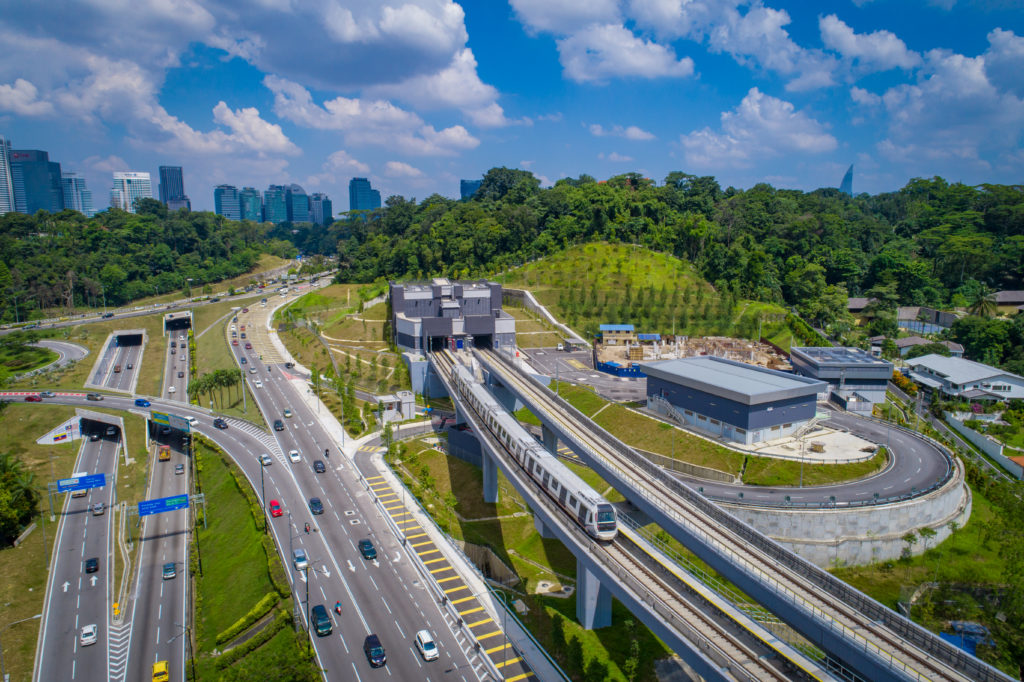What Mass Transportation Can Do for the Economy

The infrastructure of Malaysia’s public transportation system spurted in 1885 with the introduction of the first line of Malayan Railway – Keretapi Tanah Melayu (KTM). Its purpose was to transport tin between Taiping and Port Weld. From the get-go, our infrastructure served the growth of our economy. Over the years, three more lines were built and the Federated Malay States Railway was created – merging the operations of the lines and expanding its uses to the public.
In time, our infrastructure steadily expanded to a network that is diversified and more developed. We noted other well-developed countries, such as Netherlands and Holland as examples in its infrastructure growth surplus and looking at their economic performances.
The necessary step that we can do is to improve our transport system by appropriately planning and recalibrating it to a sustainable infrastructure model. This allows us to build the future with innovative structures granting finer connectivity and accessibility throughout Malaysia. Consequently, optimising reorganisation of productions, businesses land use in distribution, and reducing labour costs by expanding catchment areas for recruitment of skilled and unskilled workers.
New highways and public transport services can also increase our community’s access to other areas. Therefore, it improves access to education, recreation, cultural and employment opportunities, increasing their productivity as well as income. Thus, expanding our welfare and financial growth. Japan’s prodigious infrastructure is well known for its efficiency that not only contributes to its community but also boosts its tourism sector.
In addition to that, we require mobility management strategies such as efficient road pricing to improve travel time reliability as it can reduce the logistic and scheduling cost for the masses. Plus, the added transportation links between cities from rural to urban areas offer new ventures for intermodal facilities and services in new locations. Thus, making it possible for our local and international trade to expand and develop. At the end of the day, the continuous development of seamless mass transportation links will improve the efficiency of businesses to connect with clients and customers for economic and societal progress.
The urban landscapes in Malaysia continue to expand at an unprecedented rate along with an expanding population. The MRT Kajang Line’s increasing ridership has evidently proven the need for efficient mass transport. Accordingly, we should continue to innovate and advance in infrastructure planning for a constant and strengthening economic growth and fiscal conditions.

